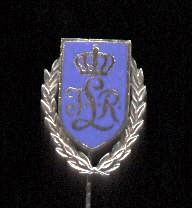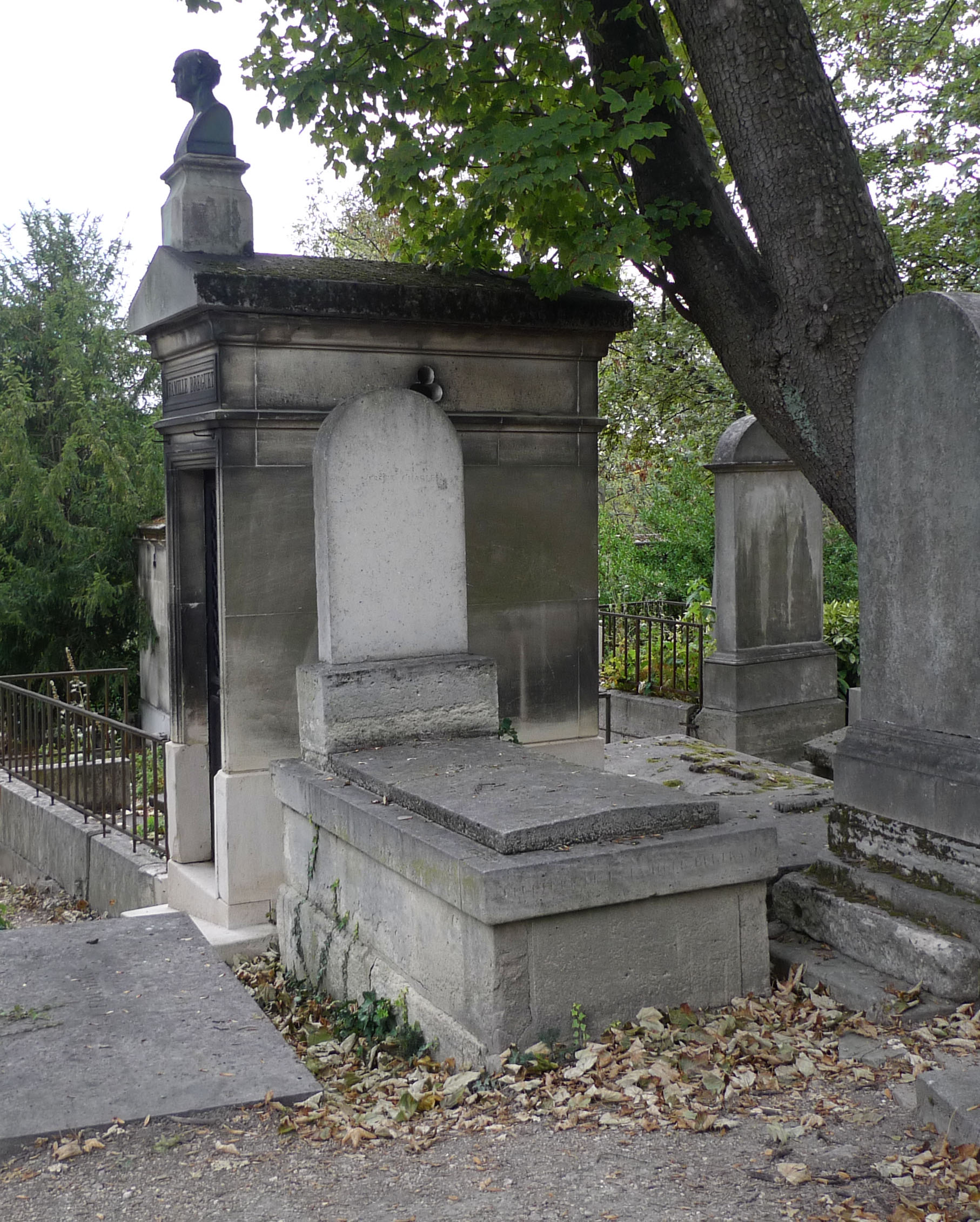|
Badonviller
Badonviller (; ) is a commune in the Meurthe-et-Moselle department in northeastern France. Geography Climate Badonviller has a oceanic climate (Köppen climate classification ''Cfb''). The average annual temperature in Badonviller is . The average annual rainfall is with December as the wettest month. The temperatures are highest on average in July, at around , and lowest in January, at around . The highest temperature ever recorded in Badonviller was on 4 August 2022; the coldest temperature ever recorded was on 14 January 1960. Population Monument au 358e régiment d'infanterie de Badonviller.jpg, Monument of the 358th Infantry Regiment Cimbadon.JPG, Military cemetery Statuecim.JPG, Statue carved February 15, 1916 Drapeaucim.JPG, French flag in the military cemetery Cimmilibadon.JPG, Crosses in the military cemetery Marchebadon.JPG, Covered market Personalities It is the birth town of the astronomer Charles Messier (1730–1817). See also *Communes of the Meurthe ... [...More Info...] [...Related Items...] OR: [Wikipedia] [Google] [Baidu] |
Badonviller March
The "Badonviller-Marsch" (Armeemarschsammlung, AM II, 256) is a Bavaria, Bavarian march (music), military march by composer :de:Georg Fürst, Georg Fürst (1870–1936). After 1934, with its name Germanized to "Badenweiler Marsch" by the Nazi Party, Nazis, it was used as the official march of Adolf Hitler, Hitler in his role as ''Führer'', to signal his arrival and therefore personal presence at public events. History Fürst composed this tune as the Badonviller-Marsch for the Royal Bavarian Infantry Lifeguards Regiment, Royal Bavarian Infantry Guard Regiment. The title refers to fighting on 12 August 1914 near Badonviller in Lorraine (region), Lorraine , where the Royal Bavarian Infantry Guard Regiment (''Königlich Bayerisches Infanterie-Leib-Regiment'') achieved a first victory against the French at the beginning of the First World War. The composer's lively two-tone entrance motif was by some accounts inspired by the duotonic sirens of field ambulances, with which the wound ... [...More Info...] [...Related Items...] OR: [Wikipedia] [Google] [Baidu] |
Charles Messier
Charles Messier (; 26 June 1730 – 12 April 1817) was a French astronomer. He published an astronomical catalogue consisting of 110 nebulae and star clusters, which came to be known as the ''Messier objects''. Messier's purpose for the catalogue was to help astronomical observers distinguish between permanent and transient visually diffuse objects in the sky. Biography Messier was born in Badonviller in the Lorraine region of France, the tenth of twelve children of Françoise B. Grandblaise and Nicolas Messier, a Court usher. Six of his brothers and sisters died while young, and his father died in 1741. Charles' interest in astronomy was stimulated by the appearance of the great six-tailed comet in 1744 and by an annular solar eclipse visible from his hometown on 25 July 1748. In 1751, Messier entered the employ of Joseph Nicolas Delisle, the astronomer of the French Navy, who instructed him to keep careful records of his observations. Messier's first ... [...More Info...] [...Related Items...] OR: [Wikipedia] [Google] [Baidu] |
Antoine Sartorio
Antoine Sartorio (27 January 1885, Menton – 19 February 1988, Jouques) was a French sculptor. Brief biography Antoine Sartorio was born in Menton on 27 January 1885 and died in Jouques on 19 February 1988. He studied at the École des Beaux-Arts de Paris. His relationship with the Marseille architect Gaston Castel, students together at the École des Beaux-Arts, led to his involvement with the Santos monument Andradas in 1922, work on the Opéra de Marseille in 1924, the Marseille Monument de l'Armée d'Orient in 1927, the works ''La Méditerranée"'' and ''"La Durance"'' for the Cavaillon bridge in 1932, decoration on the Marseille Palais de Justice in 1933, work on the monument to Alexandre 1er de Yougoslavie in 1938 and the "sept péchés" for Marseille's Baumettes Prison, also in 1938. He also worked with Paul Tournon. As with most French sculptors he was commissioned after the 1914–1918 war to work on several war memorials such as those at Tournon-sur-Rhône and Men ... [...More Info...] [...Related Items...] OR: [Wikipedia] [Google] [Baidu] |
Communes Of The Meurthe-et-Moselle Department
The following is a list of the 591 communes of the Meurthe-et-Moselle department of France. The communes cooperate in the following intercommunalities (as of 2022):BANATIC Périmètre des EPCI à fiscalité propre. Accessed 17 November 2022. * *Communauté d'agglomération Grand Longwy Agglomération * |
Communes Of France
The () is a level of administrative divisions, administrative division in the France, French Republic. French are analogous to civil townships and incorporated municipality, municipalities in the United States and Canada, ' in Germany, ' in Italy, or ' in Spain. The United Kingdom's equivalent are civil parishes, although some areas, particularly urban areas, are unparished. are based on historical geographic communities or villages and are vested with significant powers to manage the populations and land of the geographic area covered. The are the fourth-level administrative divisions of France. vary widely in size and area, from large sprawling cities with millions of inhabitants like Paris, to small hamlet (place), hamlets with only a handful of inhabitants. typically are based on pre-existing villages and facilitate local governance. All have names, but not all named geographic areas or groups of people residing together are ( or ), the difference residing in the l ... [...More Info...] [...Related Items...] OR: [Wikipedia] [Google] [Baidu] |
Meurthe-et-Moselle
Meurthe-et-Moselle () is a department in the Grand Est region of France, named after the rivers Meurthe and Moselle. It had a population of 733,760 in 2019.Populations légales 2019: 54 Meurthe-et-Moselle INSEE History Meurthe-et-Moselle was created in 1871 at the end of the Franco-Prussian War from the parts of the former departments of and Meurthe which remained French territory. The current boundary between Me ...[...More Info...] [...Related Items...] OR: [Wikipedia] [Google] [Baidu] |
Departments Of France
In the administrative divisions of France, the department (french: département, ) is one of the three levels of government under the national level (" territorial collectivities"), between the administrative regions and the communes. Ninety-six departments are in metropolitan France, and five are overseas departments, which are also classified as overseas regions. Departments are further subdivided into 332 arrondissements, and these are divided into cantons. The last two levels of government have no autonomy; they are the basis of local organisation of police, fire departments and, sometimes, administration of elections. Each department is administered by an elected body called a departmental council ( ing. lur.. From 1800 to April 2015, these were called general councils ( ing. lur.. Each council has a president. Their main areas of responsibility include the management of a number of social and welfare allowances, of junior high school () buildings and technica ... [...More Info...] [...Related Items...] OR: [Wikipedia] [Google] [Baidu] |
France
France (), officially the French Republic ( ), is a country primarily located in Western Europe. It also comprises of overseas regions and territories in the Americas and the Atlantic, Pacific and Indian Oceans. Its metropolitan area extends from the Rhine to the Atlantic Ocean and from the Mediterranean Sea to the English Channel and the North Sea; overseas territories include French Guiana in South America, Saint Pierre and Miquelon in the North Atlantic, the French West Indies, and many islands in Oceania and the Indian Ocean. Due to its several coastal territories, France has the largest exclusive economic zone in the world. France borders Belgium, Luxembourg, Germany, Switzerland, Monaco, Italy, Andorra, and Spain in continental Europe, as well as the Netherlands, Suriname, and Brazil in the Americas via its overseas territories in French Guiana and Saint Martin. Its eighteen integral regions (five of which are overseas) span a combined area of and contain clos ... [...More Info...] [...Related Items...] OR: [Wikipedia] [Google] [Baidu] |
Oceanic Climate
An oceanic climate, also known as a marine climate, is the humid temperate climate sub-type in Köppen classification ''Cfb'', typical of west coasts in higher middle latitudes of continents, generally featuring cool summers and mild winters (for their latitude), with a relatively narrow annual temperature range and few extremes of temperature. Oceanic climates can be found in both hemispheres generally between 45 and 63 latitude, most notably in northwestern Europe, northwestern America, as well as New Zealand. Precipitation Locations with oceanic climates tend to feature frequent cloudy conditions with precipitation, low hanging clouds, and frequent fronts and storms. Thunderstorms are normally few, since strong daytime heating and hot and cold air masses meet infrequently in the region. In most areas with an oceanic climate, precipitation comes in the form of rain for the majority of the year. However, some areas with this climate see some snowfall annually during winter. ... [...More Info...] [...Related Items...] OR: [Wikipedia] [Google] [Baidu] |
Köppen Climate Classification
The Köppen climate classification is one of the most widely used climate classification systems. It was first published by German-Russian climatologist Wladimir Köppen (1846–1940) in 1884, with several later modifications by Köppen, notably in 1918 and 1936. Later, the climatologist Rudolf Geiger (1894–1981) introduced some changes to the classification system, which is thus sometimes called the Köppen–Geiger climate classification system. The Köppen climate classification divides climates into five main climate groups, with each group being divided based on seasonal precipitation and temperature patterns. The five main groups are ''A'' (tropical), ''B'' (arid), ''C'' (temperate), ''D'' (continental), and ''E'' (polar). Each group and subgroup is represented by a letter. All climates are assigned a main group (the first letter). All climates except for those in the ''E'' group are assigned a seasonal precipitation subgroup (the second letter). For example, ''Af'' indi ... [...More Info...] [...Related Items...] OR: [Wikipedia] [Google] [Baidu] |
Météo-France
Météo-France is the French national meteorological service. Organisation The organisation was established by decree in June 1993 and is a department of the Ministry of Transportation. It is headquartered in Paris but many domestic operations have been decentralised to Toulouse. Its budget of around €300 million is funded by state grants, aeronautic royalties and sale of commercial services. Météo-France has a particularly strong international presence, and is the French representative at the World Meteorological Organization. The organisation is a leading member of EUMETSAT, responsible for the procurement of Meteosat weather satellites. It is also member of the Institut au service du spatial, de ses applications et technologies. It also a critical national weather service member of the ECMWF and hosts one of two major centres of the IFS numerical weather prediction model widely used worldwide. Worldwide In addition to its operations in metropolitan France, the agen ... [...More Info...] [...Related Items...] OR: [Wikipedia] [Google] [Baidu] |
358th Infantry Regiment (United States)
{{mil-unit-dis ...
358th may refer to: *358th Bombardment Squadron, inactive United States Air Force unit *358th Fighter Group, inactive United States Army Air Force unit *358th Fighter Squadron (358 FS), part of the 355th Fighter Wing at Davis-Monthan Air Force Base, Arizona See also *358 (number) *358, the year 358 (CCCLVIII) of the Julian calendar *358 BC __NOTOC__ Year 358 BC was a year of the pre-Julian Roman calendar. At the time, it was known as the Year of the Consulship of Ambustus and Proculus (or, less frequently, year 396 ''Ab urbe condita''). The denomination 358 BC for this year has b ... [...More Info...] [...Related Items...] OR: [Wikipedia] [Google] [Baidu] |


